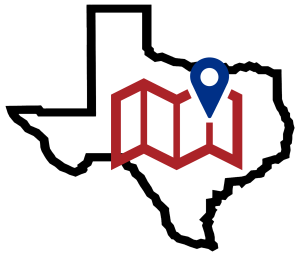TODA Resource Maps
Texas Naloxone Locator Map | Disruption Resources by Public Health Region
Texas Naloxone Locator
This map can help individuals and organizations locate free naloxone (brand name – Narcan). Naloxone can rapidly reverse opioid-involved drug poisonings, including heroin, fentanyl, and prescription opioid medications. Giving naloxone right away can save a life during a drug poisoning. 
It is important for people at the scene (bystanders) to have access and an understanding of how to use naloxone to reduce deaths from opioid drug poisonings. A 2018 CDC study found bystanders were nearby in over 40% of opioid drug poisoning deaths. This means nearly 19,000 lives could have been saved if bystanders had given naloxone. We encourage individuals to carry naloxone and understand proper use. Watch the CDC's video tutorial on naloxone administration.
Anyone can use naloxone without needing special medical training. Both the naloxone prefilled nasal spray and injectable forms are small and easy to carry. Visit the CDC’s 5 Things to Know About Naloxone for more information on naloxone. To locate free or reduced-cost naloxone in your area, visit our Naloxone Site Finder Web App.
Disruption Resources for Patients Receiving Controlled Substances
If an individual has been treated with opioids and/or benzodiazepines and has lost access to medication, they may be at risk of severe withdrawal symptoms, including pain and psychological distress if care is not promptly reestablished.
Below are resources for patients impacted by disruption, including how to find treatment for mental health and substance use disorders, access naloxone, and locate crisis helplines.
Divided by Public Health Region (PHR). Use the map below to locate each PHR. Then, select the dropdown to see a list of included counties in region and available resources. If there are disruption resources you would like added to this list, please contact us at TODA@dshs.texas.gov.

The Texas Department of State Health Services does not endorse external links to other websites or documents created by other agencies. These links and documents are informational and may not be accessible to persons with disabilities.